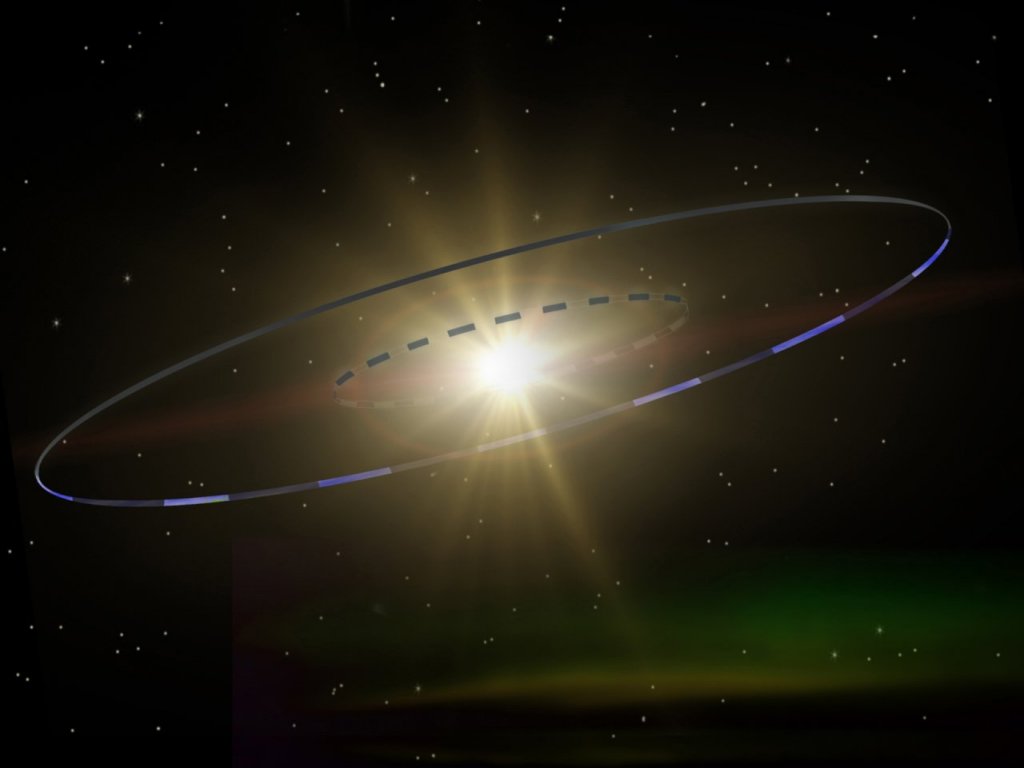Maybe it was kind a of a big deal, years ago, when the first extrasolar planets were discovered. But then we got to the point where hundreds of planets had been discovered outside of our solar system, and in fact to the point where it was hard to keep track of how many had been discovered.
And then came the day that we actually saw our first exoplanet, and that was kind of a big deal, but maybe not as big as we would have expected.
So now some astronomers in Italy have detected a planet with about six times the mass of Jupiter orbiting a distant star. At that mass, we can’t even be sure that it is, properly speaking, a planet and not a brown dwarf — making this discovery seem all the more uninteresting.
Pretty much a yawn, eh?
Oh, well, except for this one little thing. This particular planet is not in our galaxy:
Using a technique called Pixel-lensing, a group of astronomers in Italy may have detected a planet orbiting another star. But this planet is unique among the 300-plus exoplanets discovered so far, as it and its parent star are in another galaxy. The Andromeda Galaxy, to be exact. Technically, the star in M31 was found to have a companion about 6 times the mass of Jupiter, so it could be either a brown dwarf or a planet. But either way, this is a remarkable feat, to find an object of that size in another galaxy.
Pixel-lensing, or gravitational microlensing was developed to look for MAssive Compact Halo Objects MACHOs in the galactic halo of the Milky Way. Because light rays are bent when they pass close to a massive object, the gravity of a nearby star focuses the light from a distant star towards Earth. This method is sensitive to finding planets in our own galaxy, ranging is sizes from Jupiter-like planets to Earth-sized ones. And recently, astronomers used gravitational microlensing to be able to see about a dozen or so stars in M31, an extraordinary accomplishment in itself.
I hadn’t even heard that astronomers are now isolating individual stars in another galaxy, much less a planet. This is quite a feat! Seeing as the pixel-lensing technique works better at vast distances, is it possible that in the near future we will have cataloged as many planets in the Andromeda galaxy as the Mikly Way?
As we continue to hone our skills in detecing these distant objects, we need to find a way to distinguish planets from other large constructs. If we find something out there orbiting a star that has the mass of a planet but that isn’t spherical in shape, would that be evidence of advanced engineering? Or how about a technique for measuring Dyson Spheres? These should be more or less dark objects with the mass of a star. Actually, they should have the mass of a regular-sized star but the circumference of a really big star. But how would we ever detect one?
A ringworld would probably be easier to spot, but what are the chances that there are any of those out there?
